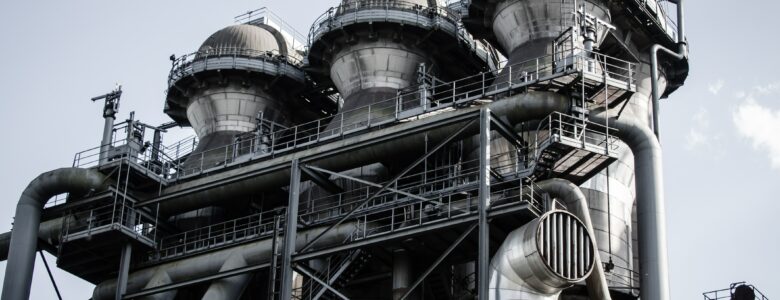Pipelines are an essential component of many industries, including oil and gas, water, and chemical transportation. These pipelines are designed to transport materials safely and efficiently, but they can suffer from corrosion over time. Pipeline corrosion is a serious issue that can lead to leaks, failures, and environmental damage.
Read on to completely understand pipeline corrosion and the importance of effective protection.
What Is Pipeline Corrosion?
Corrosion is a natural process that occurs when metal is exposed to its environment. In the case of pipelines, corrosion occurs when the pipe’s metal reacts with substances in the surrounding soil, water, or gas. Corrosion can weaken the metal, causing it to thin and eventually fail. This can lead to leaks, spills, and other hazardous situations.
Types of Pipeline Corrosion
1) Uniform Corrosion
This occurs when the entire surface of the metal corrodes at the same rate.
2) Pitting Corrosion
Pitting corrosion occurs when small pits or holes form on the surface of the metal.
3) Stress Corrosion
Stress corrosion cracking occurs when a metal is under stress and is exposed to a corrosive environment.
The Importance of Effective Pipeline Protection
Here are a few reasons why effective pipeline protection is essential:
1) Ensuring Safety and Longevity
Pipelines transport essential resources over long distances, making them an integral part of the infrastructure. However, they are also susceptible to damage from external and internal factors, such as corrosion. As a result, effective pipeline protection is critical to ensure their safety, longevity, and environmental protection.
2) Preventing Corrosion
When left unchecked, corrosion can weaken the pipeline walls, leading to leaks and ruptures that can cause serious environmental damage and endanger human lives. Effective pipeline protection involves regular inspection and maintenance to detect and repair any signs of corrosion before it causes irreparable damage.
3) Protecting against Natural Disasters
Strong winds and flooding can uproot trees and damage pipeline infrastructure, while earthquakes can cause structural damage to the pipeline itself. Effective pipeline protection involves designing pipelines to withstand these natural disasters and implementing emergency response plans to minimize the damage caused by them.
4) Ensuring Regulatory Compliance
In addition to safety concerns, pipeline operators must comply with various regulatory requirements. Failure to do so can result in legal and financial consequences and damage to the company’s reputation. Effective pipeline protection involves implementing and adhering to industry standards and regulations, such as those set by the Pipeline and Hazardous Materials Safety Administration (PHMSA) in the United States.
Types of Pipeline Protection
1) Coatings
Coatings can be made of various materials, including paint, epoxy, or polyethylene. The coating is applied to the surface of the pipeline to protect it from the surrounding environment. The coating acts as a barrier between the metal and the environment, preventing corrosion.
2) Cathodic Protection
Cathodic protection involves applying an electrical current to the pipeline to prevent corrosion. The electrical current causes the metal to become negatively charged, which prevents corrosion from occurring. Chemical Inhibitors
3) Chemical Inhibitors
These are compounds that are added to the material being transported to prevent corrosion from occurring. Chemical inhibitors can be added to the water, gas, or oil being transported to prevent corrosion from occurring in the pipeline.
It is crucial to work with a professional to determine the best method of protection for your pipeline to ensure its safety and longevity. Experience ultimate pipeline protection with Dynagard today! Explore our wide range of top-quality and cost-effective products. Get in touch with us today for any queries or to order samples of our pipe protection products.



Leave a Reply